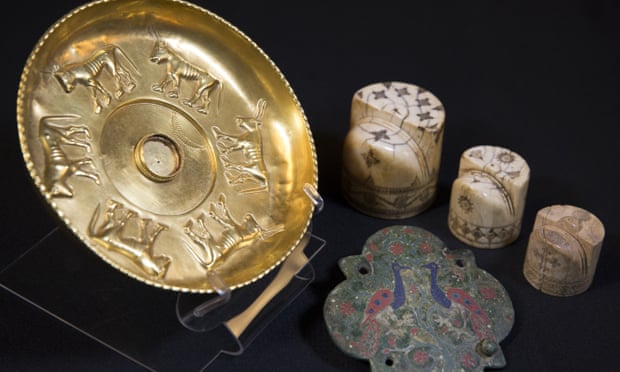Mark Copsey, 44, is entitled to a third of their worth after they were declared treasure under the Treasure Act
Roman coins found by bulldozer driver Mark Copsey while working on a Yeovil Recreation Ground in Somerset Photo: British Museum/SWNS
A JCB driver who dug up 3,000 rare Roman coins which he put in a carrier bag will be able to keep the cash despite colleagues claiming it was a team find.
Mark Copsey, 44, was levelling a recreation ground for a hockey pitch when he spotted something in the soil.
He found a collection of 3,339 silver coins carrying depictions of an elephant and a hippopotamus buried around 270AD.
Mr Copsey immediately scooped them up and put them in a plastic carrier bag - and an inquest has ruled he will now be entitled to a third of their value.












